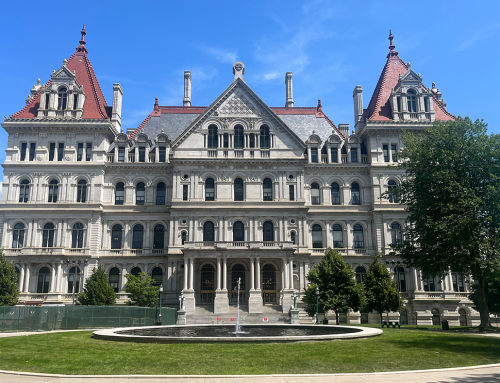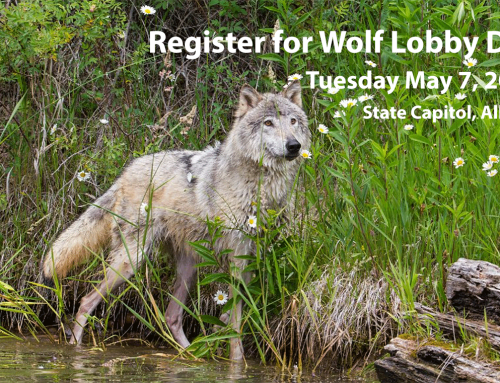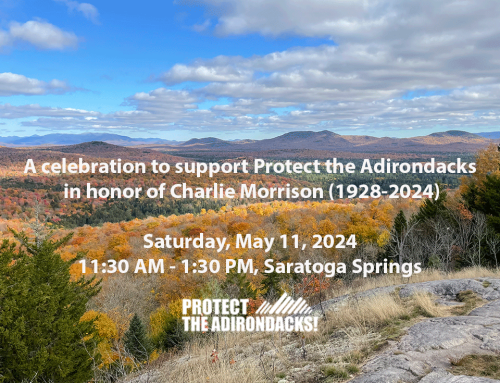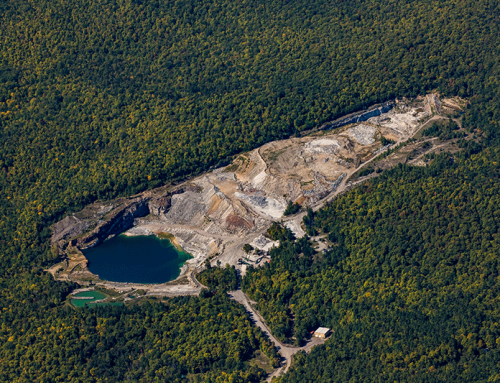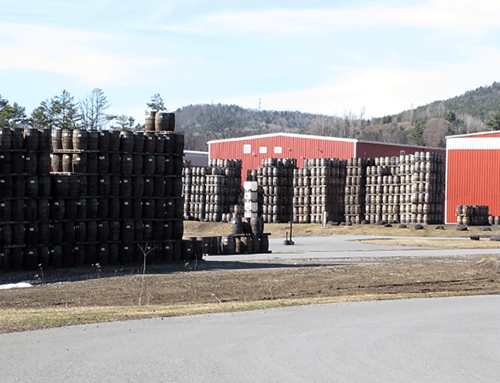In the waning days of his campaign for reelection in October 2012, President Barack Obama started talking about climate change again. He stopped talking about climate change pretty much after his first campaign was over in November 2008. Today, in his “Second Inaugural” speech, President Obama affirmed his newfound position: “We the people, still believe that our obligations as Americans are not just to ourselves, but to all posterity. We will respond to the threat of climate change, knowing that a failure to do so will betray our children and future generations. Some may still deny the overwhelming judgement of science, but none can avoid the devastating impact of raging fires, and crippling drought, and more powerful storms.”
It is significant that President Obama talked about climate change in his “Second Inaugural,” but the big question, of course, is what does he plan to do about it. We anxiously await his agenda.
After neither talking about climate change or doing anything about it for his first two years in office in 2011 and 2012, New York Governor Andrew Cuomo got religion in the wake of the devastation of “Superstorm Sandy” last fall. In his State of the State last week, the Governor talked about climate change and also outlined an initial plan of action.
Governor Cuomo said:
“In just two years, New Yorkers have witnessed firsthand the destructive force of three powerful storms that have crippled the state: Irene, Lee and most recently Sandy. Each has taken an immeasurable toll on communities. Precious lives have been lost, and homes and businesses destroyed. Sandy alone was responsible for 60 deaths to date and more than $30 billion in damage in New York State.”
“Extreme weather is the new normal. In the past two years, we have had two storms, each with the odds of a 100-year occurrence. Debating why does not lead to solutions — it leads to gridlock. Recent events demand that we get serious once and for all. We need to act, not simply react.”
The Governor highlighted an ambitious preparedness agenda developed by four commissions organized after Hurricane Sandy so that the state is ready for future storms. He focused most of his new climate change agenda on working to make the state’s utility and municipal infrastructures more resilient (starting on page 206 of the text on the link), but hid did make one pledge to try and reduce greenhouse gasses.
Governor Cuomo pledged to lower the emissions cap in the Regional Greenhouse Gas Initiative created by Governor George Pataki and started in 2008.
Governor Cuomo said:
“In 2008, New York took a first step in reducing these harmful warming gases when it joined nine other northeastern and mid-Atlantic states in establishing a pioneering multistate program called the Regional Greenhouse Gas Initiative (RGGI). RGGI is the nation’s first program to use an innovative market-based mechanism to cap and cost-effectively reduce the carbon dioxide emissions that cause the climate to change. And it is the world’s first program to auction the emission credits (rather than give them away for free) and invest the auction proceeds in projects that conserve energy, save consumers money and support the transition to cleaner and more efficient production of electricity.” (See more about RGGI as posted by the NYS Department of Environmental Conservation.)
The Governor committed to “work with the other states in RGGI to strengthen the RGGI program by setting the emissions cap at a level that guarantees that we will continue to reduce emissions below current levels.”
We must hold the Governor accountable to this pledge. We must also urge the Governor to focus as much on the source of the problem as he is on being prepared for the impacts of climate change.

